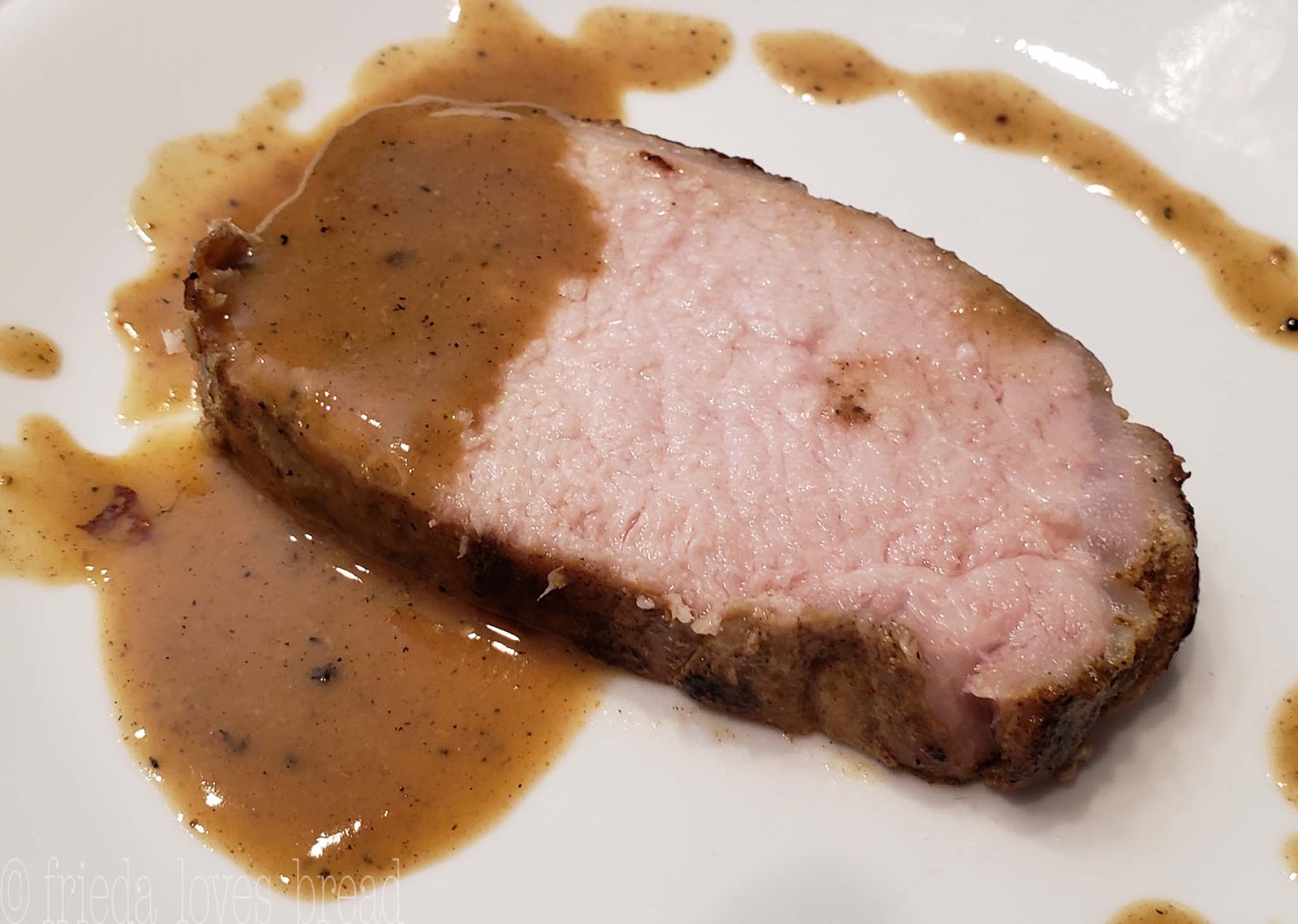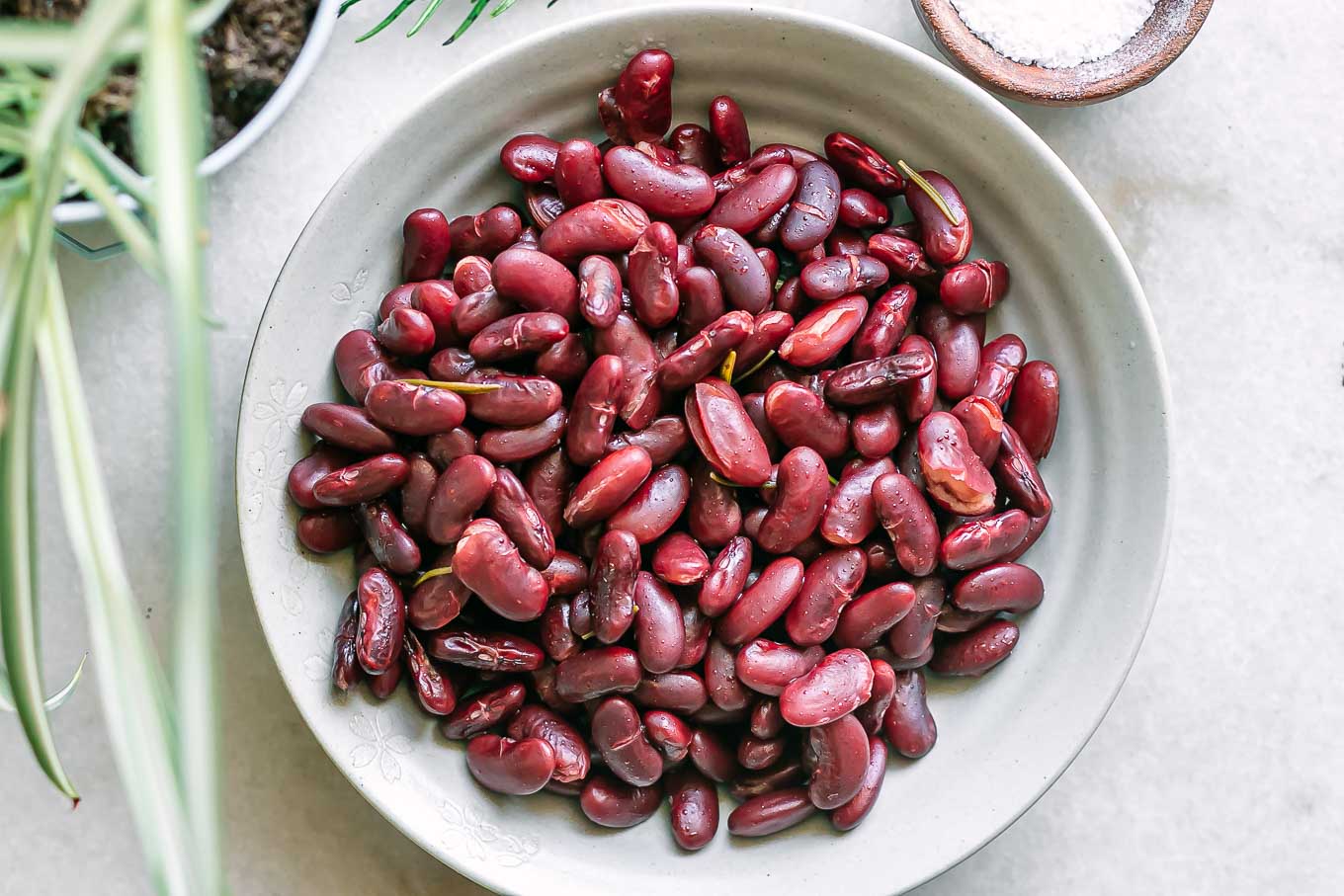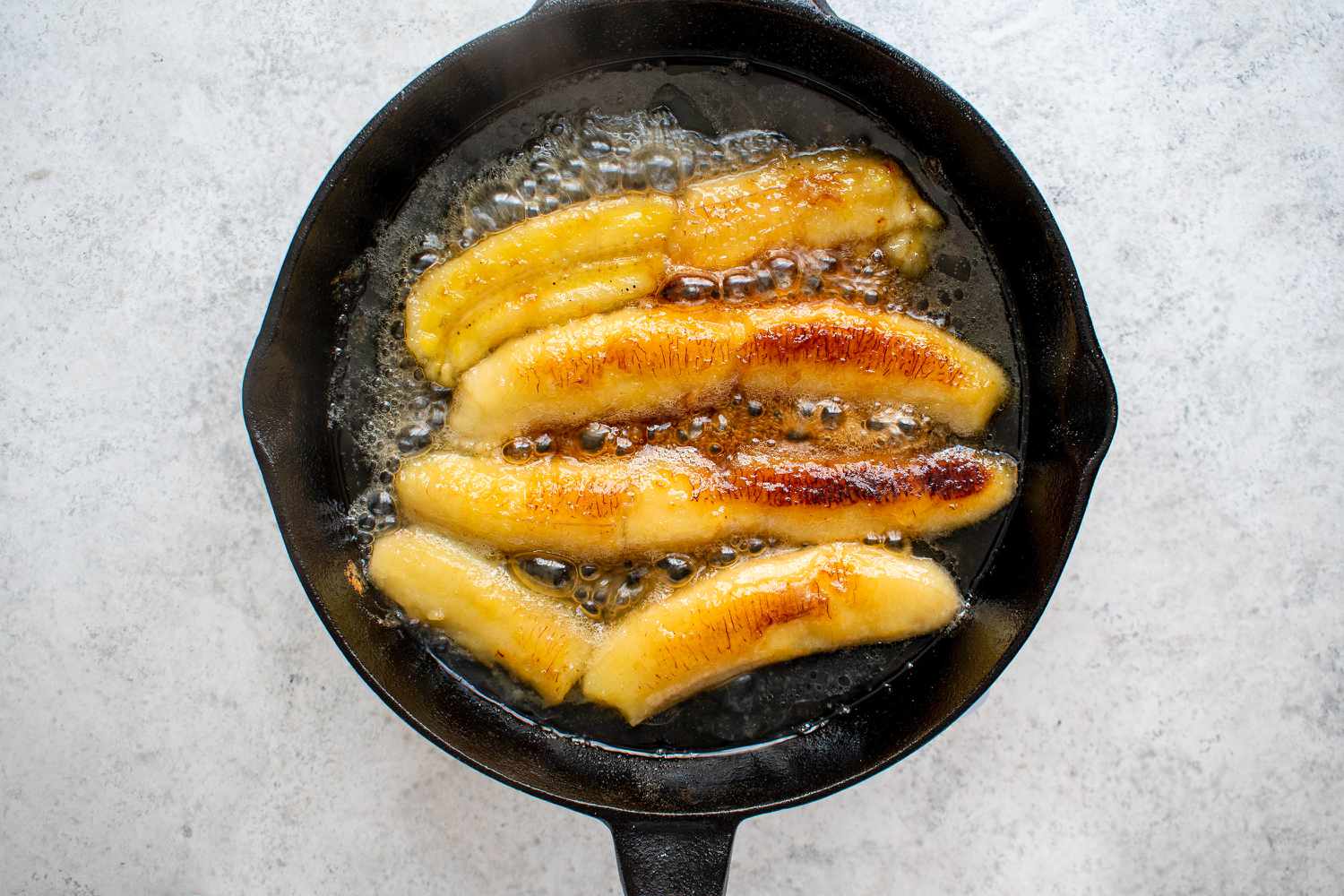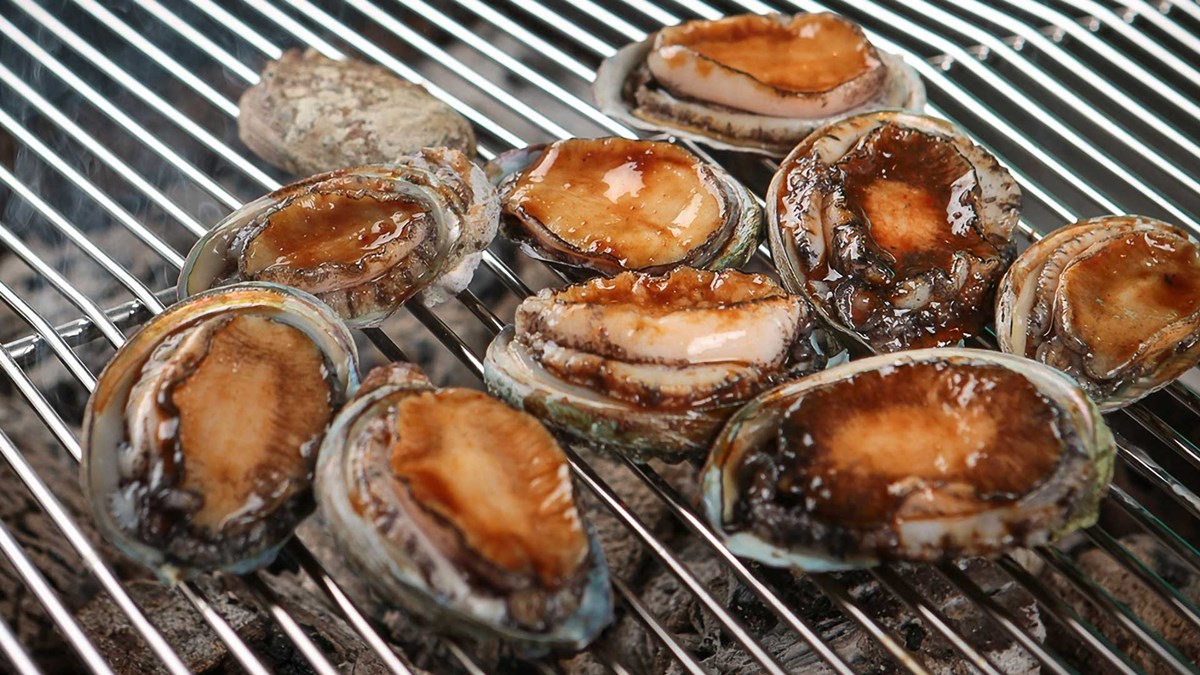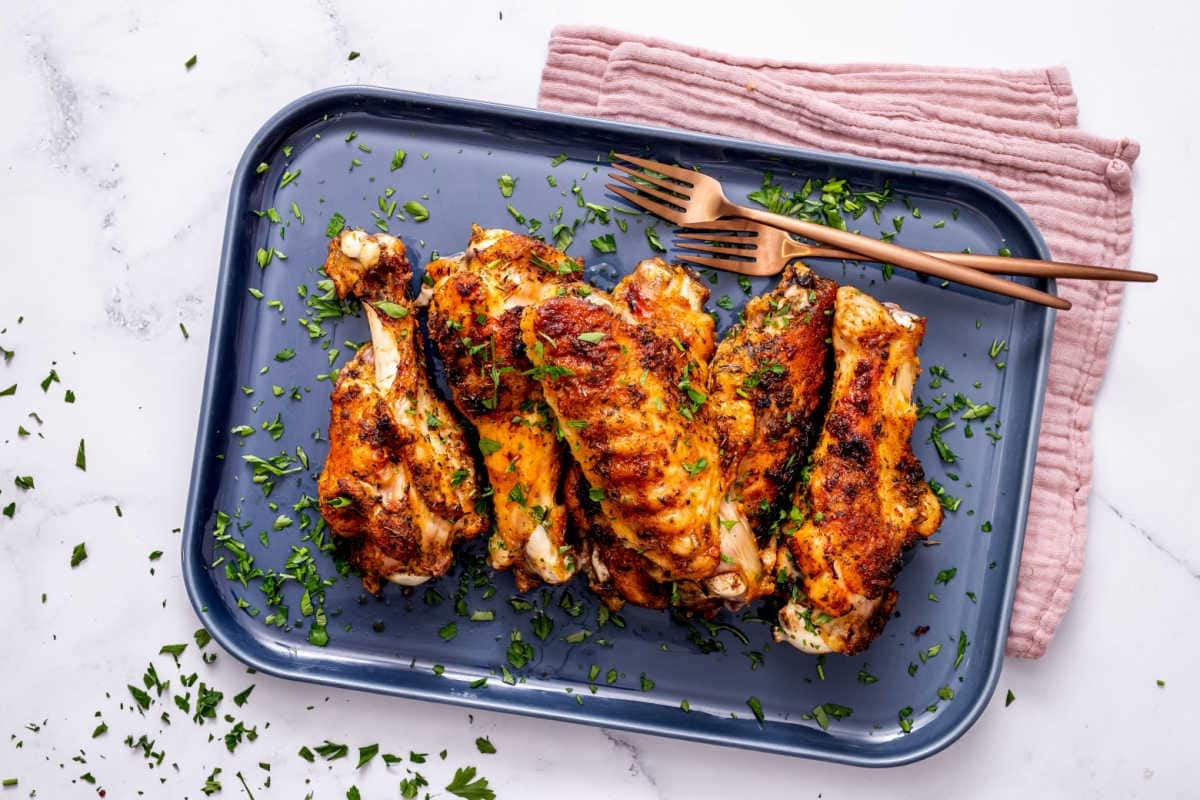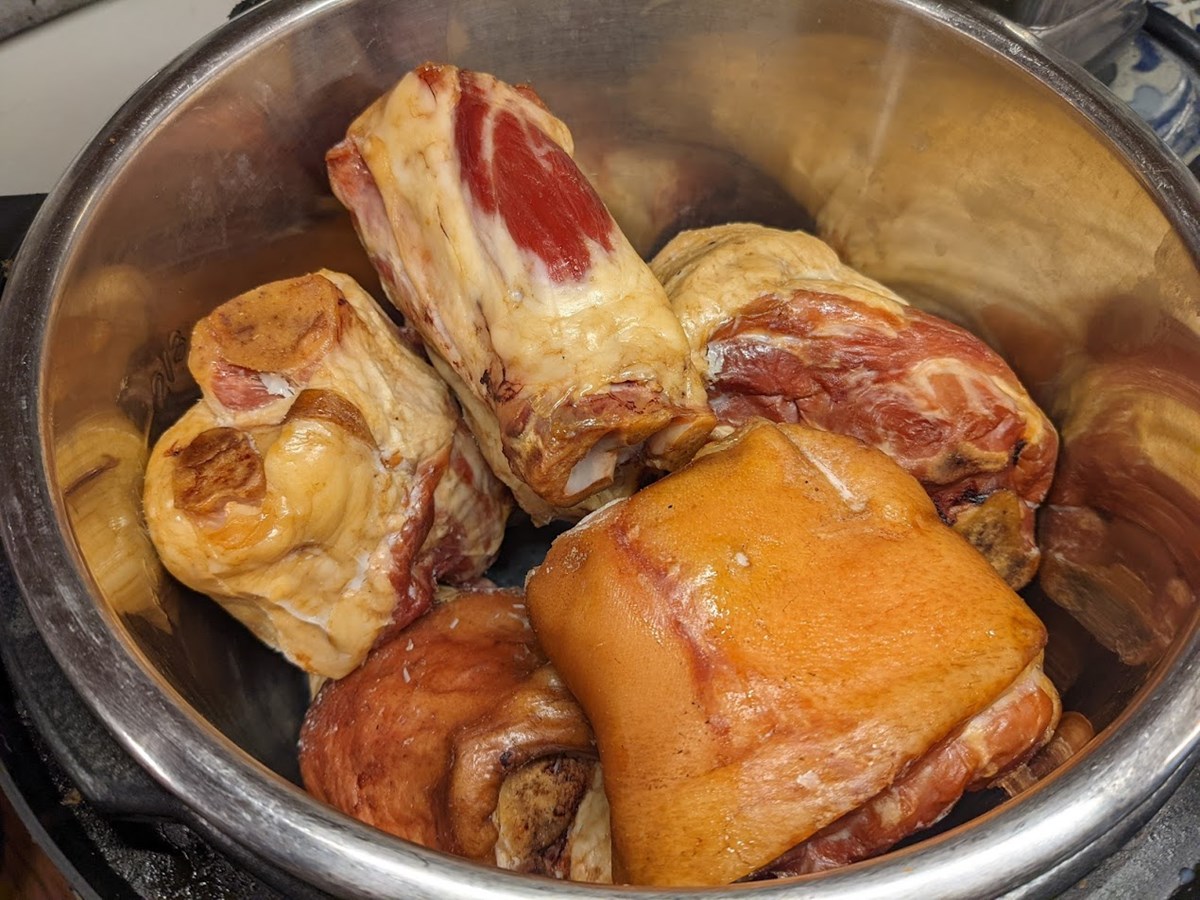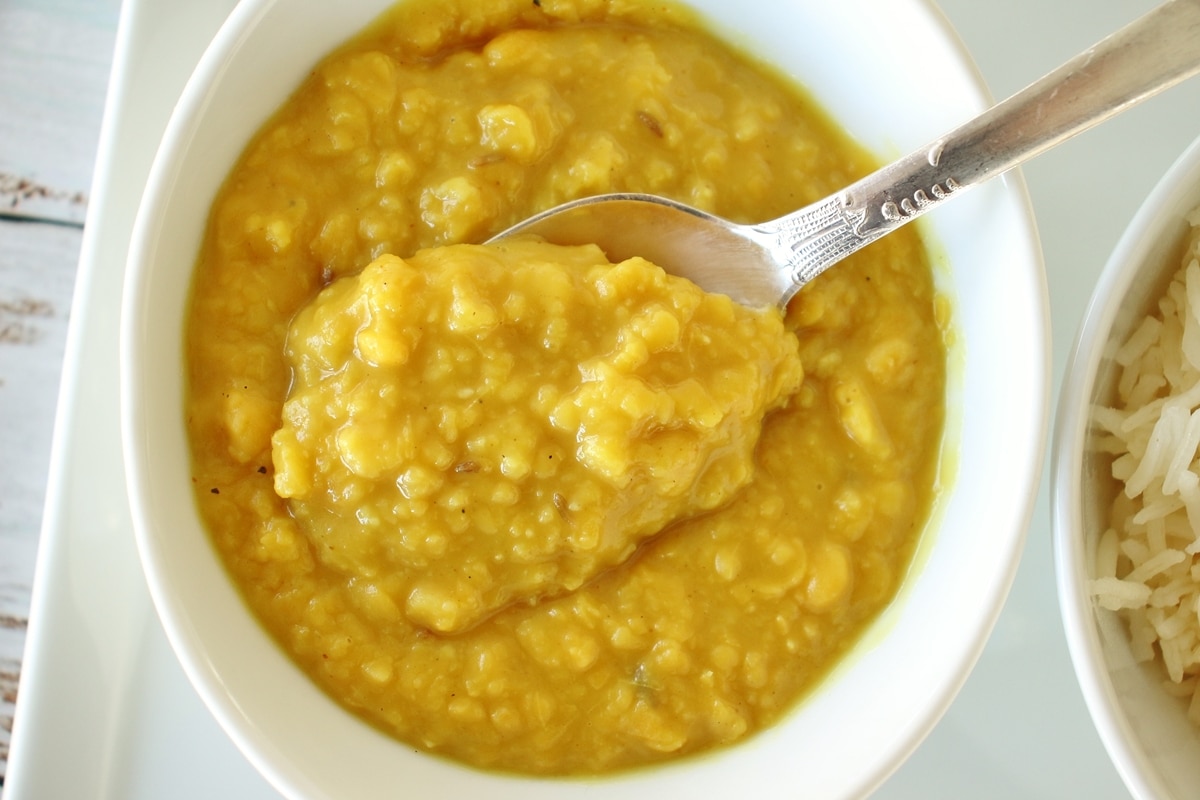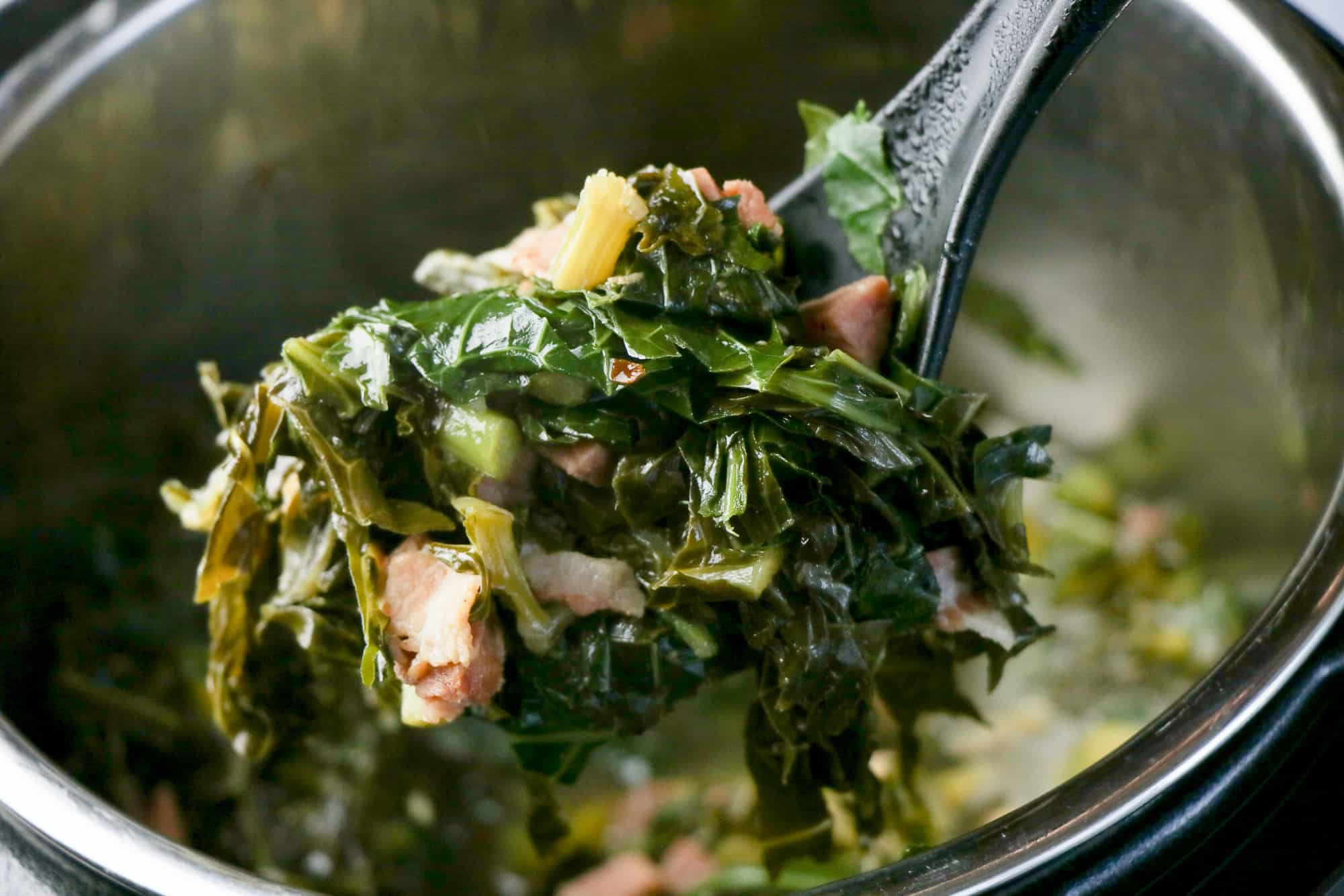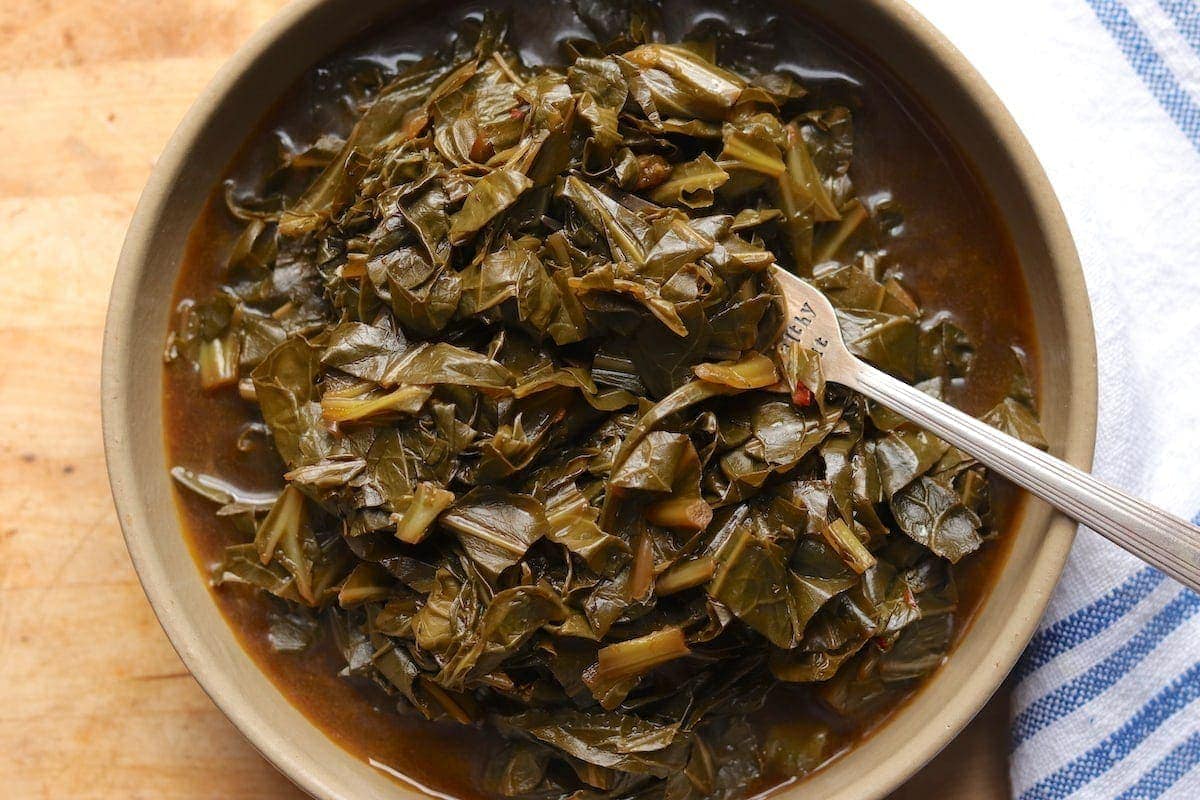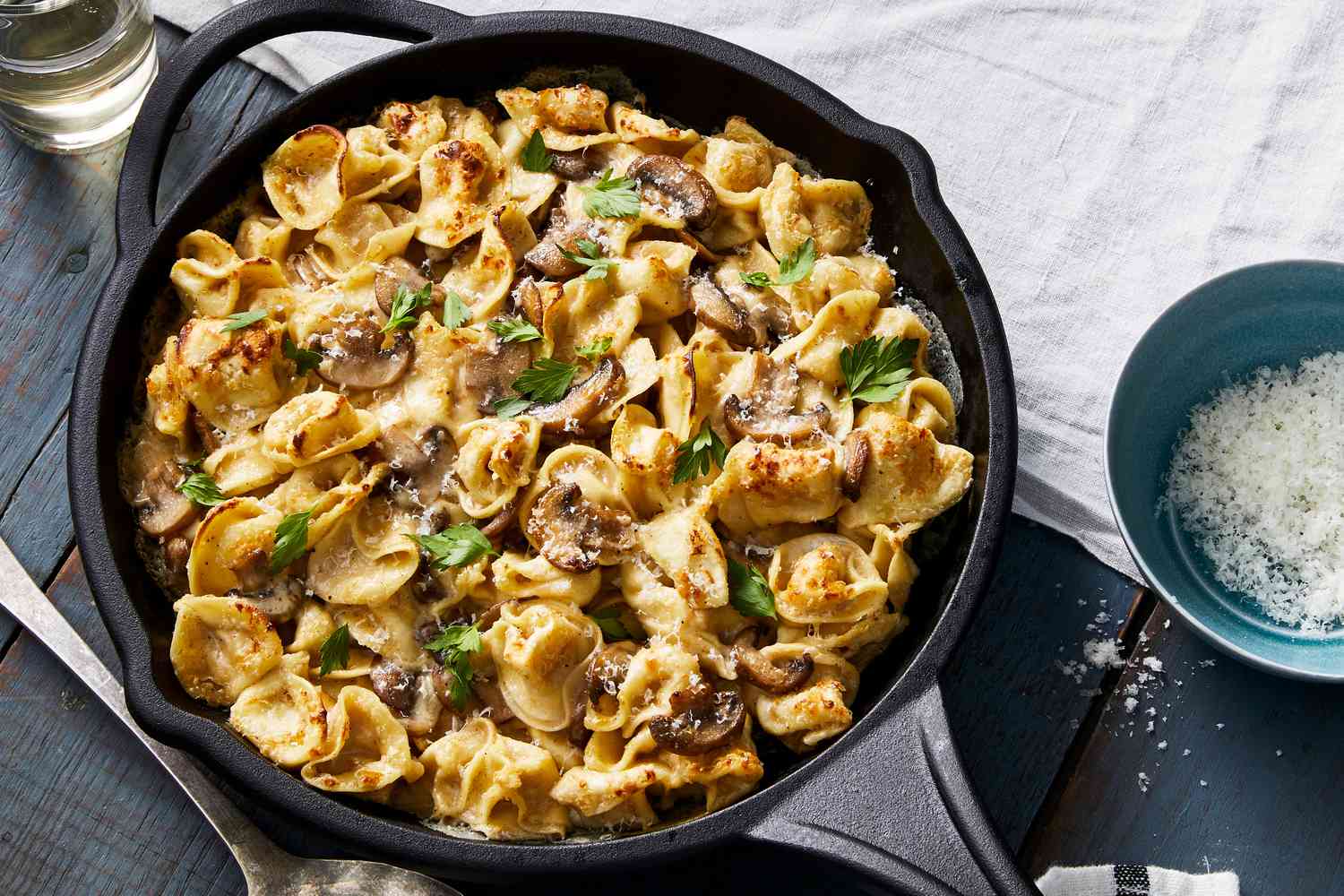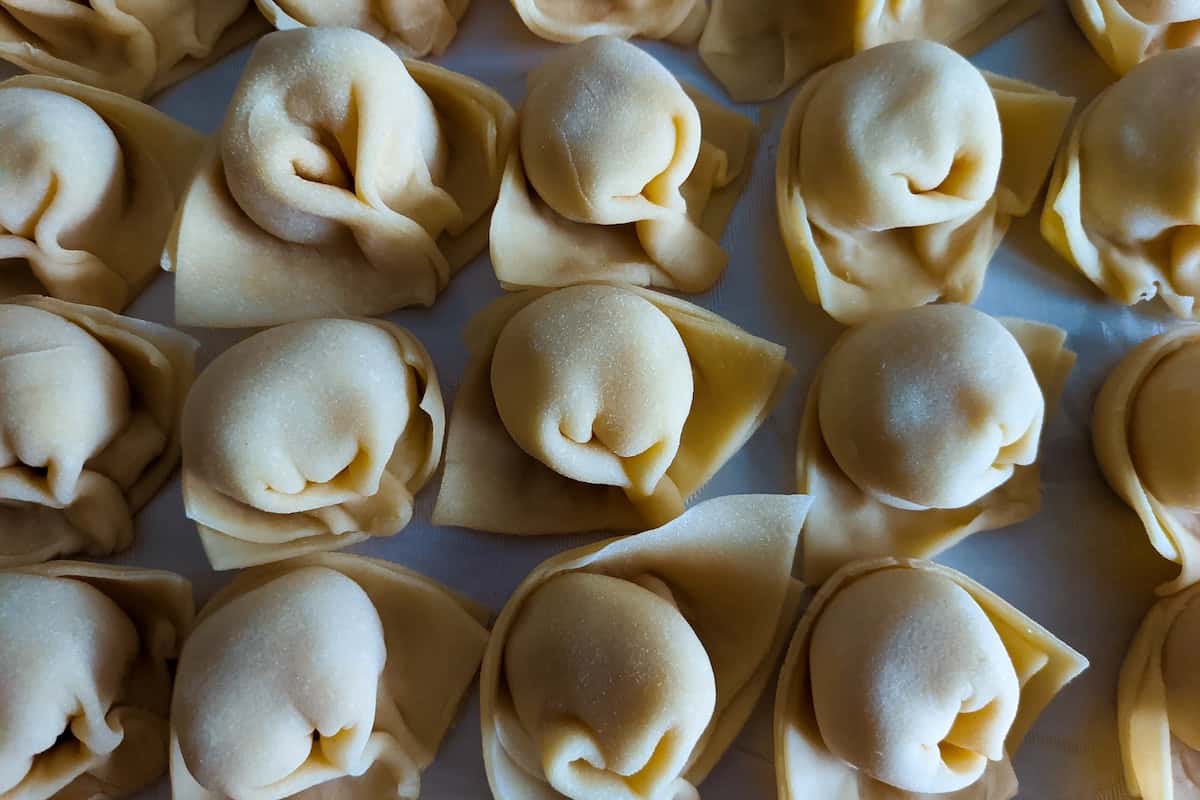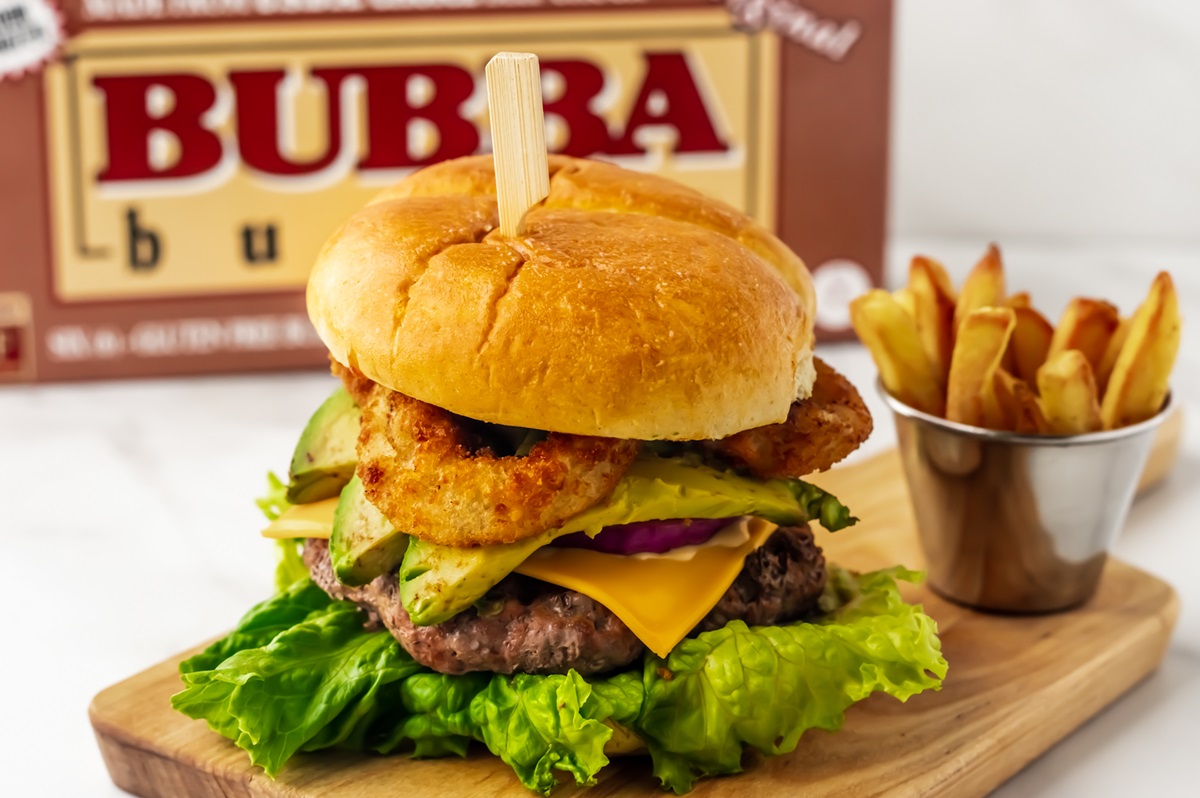How To Cook Baked Potato On Blackstone Griddle
Baked potatoes are a classic and delicious side dish that pairs well with various meals. While the oven is a popular method for baking potatoes, using a Blackstone griddle can elevate the flavors and create a crispy skin that is simply irresistible. In this article, we will guide you through the steps of cooking a perfect baked potato on a Blackstone griddle.
What You’ll Need:
- Russet potatoes
- Olive oil
- Salt
- Aluminum foil
- Toppings of your choice (e.g., butter, sour cream, chives, bacon bits)
Step-by-Step Instructions:
- Start by preheating your Blackstone griddle. Set the heat to medium and allow it to heat up for a few minutes.
- While the griddle is heating, wash the potatoes thoroughly to remove any dirt and debris. Pat them dry with a paper towel.
- Pierce each potato several times with a fork to allow steam to escape during the cooking process. This will prevent them from bursting.
- Next, rub each potato with olive oil. This will help the skin crisp up and add a delicious flavor. Sprinkle them generously with salt.
- Once the griddle is hot, place the potatoes directly on the cooking surface. Cook them for about 30 minutes, flipping them occasionally to ensure even cooking.
- While the potatoes are cooking, prepare your desired toppings and condiments.
- After 30 minutes, check the potatoes for doneness. Insert a fork into the thickest part of the potato. If it goes in easily and the flesh is tender, they are ready to be removed from the griddle.
- Using tongs, carefully remove the potatoes from the griddle and let them cool for a few minutes.
- Once the potatoes have cooled slightly, you can cut them open and fluff the insides with a fork. Add your desired toppings such as butter, sour cream, chives, or bacon bits.
- Serve the baked potatoes hot and enjoy!
Baking a potato on a Blackstone griddle not only produces a crispy skin but also infuses the potato with a unique smoky flavor. It’s a simple and delicious way to take your baked potato game to the next level. Whether you’re grilling steaks, burgers, or veggies, the Blackstone griddle is a versatile cooking tool that can handle any meal. So, next time you’re firing up the griddle, don’t forget to include some mouthwatering baked potatoes in your menu!
Have you ever tried baking potatoes on a Blackstone griddle? Share your experiences and any additional tips in the comments below.
More Delicious Recipes to Try on Your Blackstone Griddle
Having mastered the method of preparing baked potatoes on a Blackstone Griddle, readers can now enhance their culinary skills with a diverse array of recipes that showcase different flavors and toppings. For those who appreciate the classics, Classic Griddle-Crisped Potatoes is a must-try, offering a familiar yet elevated taste experience. Adventurous palates might gravitate towards Smoky Bacon Wrapped Potatoes, which adds a rich, smoky flavor to the humble potato. Vegetarians and vegans are not left out, as the Vegan Avocado Salsa Potatoes provides a fresh, healthy, and satisfying option. Each recipe is designed to build on the basic technique of griddle baking, encouraging home chefs to experiment and discover new favorite dishes.
Was this page helpful?
Read Next: How To Cook Duck Liver
